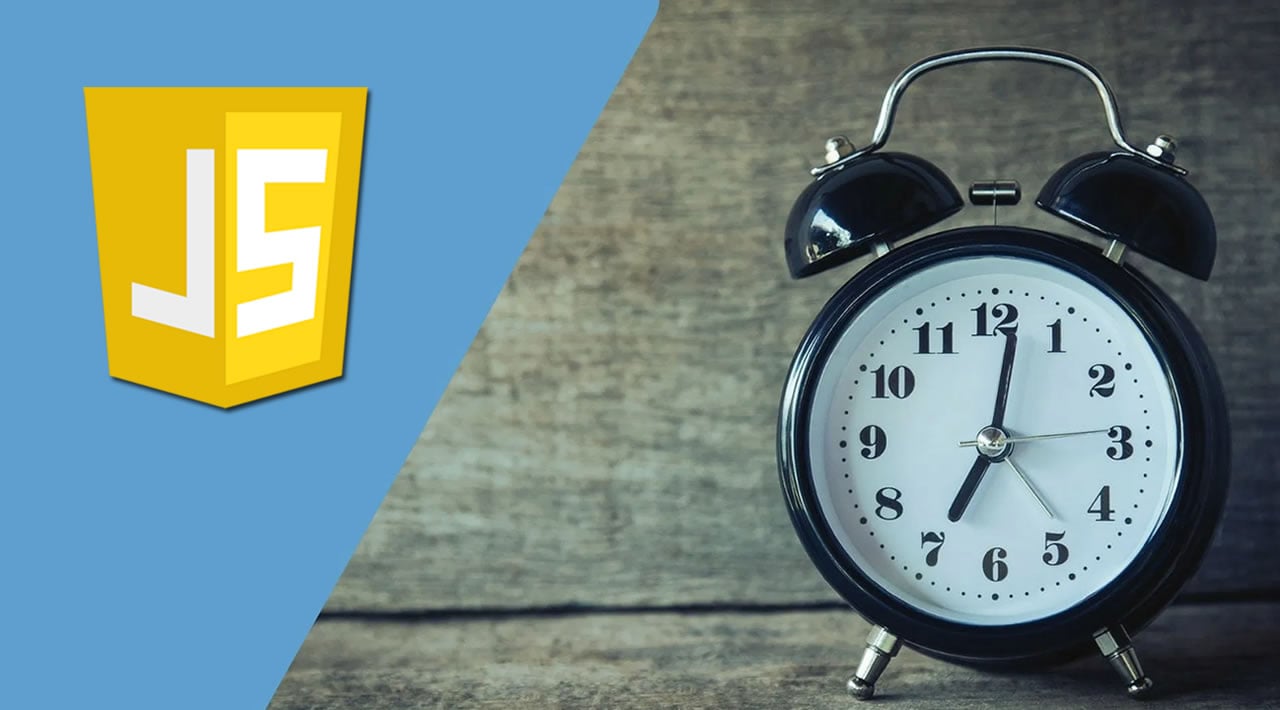How to use the JavaScript Equivalent of Sleep, Wait, Delay, and Pause
JavaScript is the language of web. JS hasn’t been the same since ES5 was released. More and more ideas and features are being ported from different languages and being integrated in JavaScript. One such feature is Promises, which is probably the most widely used thing in JavaScript after ES5 was released.
But one of the things which JavaScript miss is the way to “pause” execution for a while and resume it later. In this post, I’ll discuss how you can achieve that and what it really means to “pause” or “sleep” in JavaScript. Spoiler: JavaScript never really “pauses”
TL;DR
Here’s the copy-pasta code which would do the job:
/**
*
* @param duration Enter duration in seconds
*/
function sleep(duration) {
return new Promise(resolve => {
setTimeout(() => {
resolve()
}, duration * 1000)
})
}
But what is really happening here?
setTimeout and the fake Promises
Let’s see a quick example using the above snippet (we’ll discuss what’s happening in it later)
async function performBatchActions() {
// perform an API call
await performAPIRequest()
// sleep for 5 seconds
await sleep(5)
// perform an API call again
await performAPIRequest()
}
This function performBatchActions, when called, would simply execute the performAPIRequest function, wait about 5 seconds, and then call the same function again. Note how I wrote about 5 seconds, and not 5 seconds.
A strong note to put out here, the above code does not guarantee a perfect sleep. It means that if you specify duration to be, say 1 second, JavaScript does not guarantee that it would start running the code after the sleep exactly after 1 second. Why? You may ask. Unfortunately, that’s because timers work in JavaScript, and in general, event loop. However, JavaScript absolutely guarantees that the piece of code after the sleep would never execute before the said time, so we don’t really have a full indeterminate situation, just a partial one, and in most cases, within a margin of a few milliseconds only.
JavaScript is single threaded
A single thread means JavaScript process cannot really go out of the way at all. It has to do all the things - from event listeners, to HTTP callbacks, on the same main thread. And when one thing is executing, another one cannot execute. Consider a webpage in which you have multiple buttons and you run the code above to simulate a sleep for lets say 10 seconds. What do you expect would happen?
Nothing at all. Your webpage would work just fine, your buttons would be responsive, and once the 10 second sleep is done, the code next to it would execute. So it’s evident that JavaScript did not really block the whole main thread because if it did that, your webpage should have frozen and the buttons should have become non-clickable. So how did JavaScript actually pause a single thread, without ever really pausing it?
Meet the Event Loop
Unlike other languages, JavaScript doesn’t just keep on executing code in a linear fashion from top to bottom. It is an asynchronous event driven language with tons of magic in the form of event loop. Event loop splits your code in synchronous and certain events - like timers and HTTP requests. Precisely speaking, there are two queues - task queue and microtask queue. Whenever you run JS, and there’s an asynchronous thing (like a mouseclick event, or a promise) JavaScript throws it in the task queue (or microtask queue) and keeps executing. When it completes a “single tick” - it checks if task queues and microtask queue has some work for it. If yes, then it’ll execute the callback/perform an action.
I would really recommend anyone interested in deep working of event loop to watch this video:
Conclusion
You came here for a simple sleep instruction in JavaScript, ended up learning about one of the core things in JavaScript - event loop! Amazing, isn’t it?
Originally published by Mehul Mohan at https://www.freecodecamp.org
#javascript #web-development
